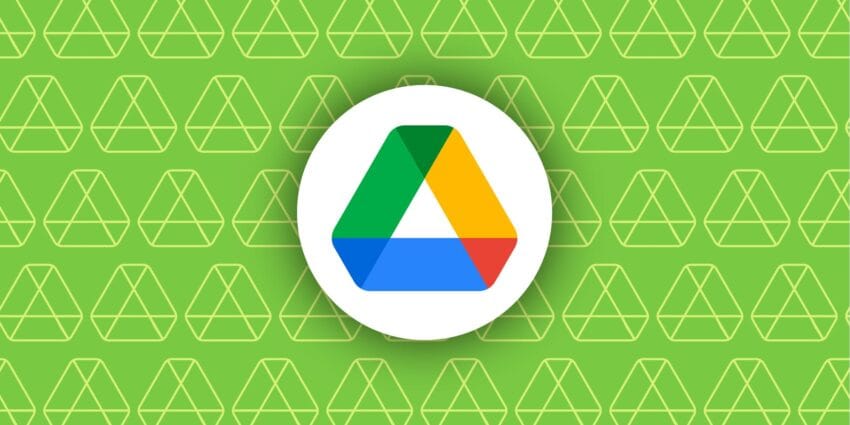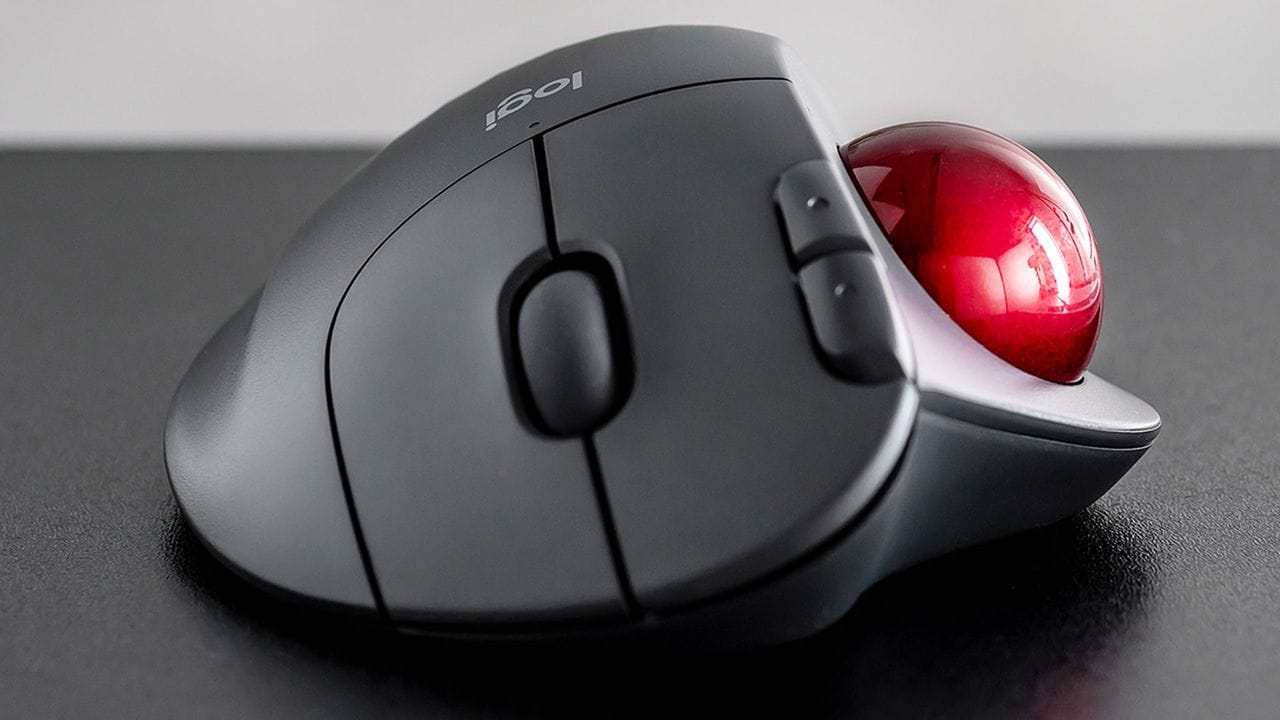
google drive material 3 expressive redesign rolling — Google Drive for Android is undergoing a significant redesign with the introduction of Material 3 Expressive, enhancing user experience and interface aesthetics..
Google Drive Material 3 Expressive Redesign Rolling
Google Drive for Android is undergoing a significant redesign with the introduction of Material 3 Expressive, enhancing user experience and interface aesthetics.
Introduction to Material 3 Expressive Redesign
In a move to modernize its applications and improve user engagement, Google has begun rolling out the Material 3 Expressive redesign for Google Drive on Android devices. This update follows the recent introduction of an updated homescreen widget, marking a broader initiative by Google to refresh its app interfaces across the board.
What is Material 3 Expressive?
Material 3 Expressive is the latest iteration of Google’s Material Design, which emphasizes a more personalized and dynamic user experience. This design philosophy focuses on creating interfaces that are not only visually appealing but also functional and intuitive. Material 3 Expressive aims to enhance user interaction by incorporating elements that reflect individual preferences and contextual information.
Key Features of the Redesign
The rollout of the Material 3 Expressive redesign for Google Drive introduces several notable features:
- Updated Color Palette: The new design includes a more vibrant and customizable color palette, allowing users to personalize their experience.
- Improved Typography: Enhanced typography improves readability and visual hierarchy, making it easier for users to navigate through their files and folders.
- Dynamic Shapes and Shadows: The use of dynamic shapes and shadows adds depth to the interface, creating a more engaging visual experience.
- Enhanced Iconography: Icons have been redesigned to be more expressive and intuitive, aiding users in quickly identifying functions and features.
- Fluid Animations: The introduction of fluid animations enhances the overall user experience, making interactions feel smoother and more responsive.
Timeline of the Rollout
The rollout of the Material 3 Expressive redesign began in August 2025, following the introduction of an updated homescreen widget that aimed to improve accessibility and functionality. Google typically implements such updates in stages, meaning that not all users will receive the new design simultaneously. The company often prioritizes certain regions or user groups during the initial rollout phase.
Impact on User Experience
The Material 3 Expressive redesign is expected to significantly enhance user experience for Google Drive users. By focusing on personalization and dynamic design elements, Google aims to create a more engaging environment for users to manage their files and collaborate with others. The updated interface is designed to be more intuitive, reducing the learning curve for new users while also providing seasoned users with a refreshing experience.
Stakeholder Reactions
Feedback from early adopters of the Material 3 Expressive redesign has been largely positive. Users have reported that the new design feels more modern and intuitive, with many appreciating the improved color schemes and typography. However, some users have expressed concerns regarding the potential for increased complexity in navigation due to the introduction of new design elements.
Developers and designers within the tech community have also weighed in on the redesign. Many see the shift towards Material 3 Expressive as a necessary evolution in design philosophy, aligning with broader trends in user interface design that prioritize personalization and user engagement. This move may also influence other applications within the Google ecosystem, as the company continues to unify its design language across platforms.
Broader Implications for Google’s Ecosystem
The rollout of Material 3 Expressive for Google Drive is part of a larger strategy by Google to enhance its suite of productivity tools. By modernizing the user interface of its applications, Google aims to retain its competitive edge in the cloud storage and collaboration space, particularly against rivals like Microsoft OneDrive and Dropbox.
As Google continues to innovate and improve its applications, the implications for users and businesses are significant. Enhanced user experiences can lead to increased productivity, better collaboration among teams, and ultimately, greater satisfaction with Google’s services. This redesign may also encourage more users to adopt Google Drive as their primary cloud storage solution, further solidifying its position in the market.
Looking Ahead: Future Updates
As the rollout of the Material 3 Expressive redesign continues, users can expect further enhancements and updates to Google Drive. Google has a history of iterating on its designs based on user feedback, and it is likely that the company will continue to refine the interface in response to user experiences and preferences.
In addition to aesthetic changes, Google may also introduce new features that leverage the capabilities of Material 3 Expressive. This could include improved collaboration tools, enhanced file management options, and better integration with other Google services, such as Google Docs and Google Sheets.
Conclusion
The introduction of the Material 3 Expressive redesign for Google Drive marks a significant step forward in enhancing user experience and interface design. By focusing on personalization, dynamic elements, and improved usability, Google is positioning itself to better meet the needs of its users in an increasingly competitive landscape. As the rollout progresses, it will be interesting to observe how users adapt to the new design and how it impacts their overall productivity and engagement with Google Drive.
Source: Original reporting
Further reading: related insights.
Further reading: related insights.
Was this helpful?
Last Modified: August 17, 2025 at 2:13 pm
5 views














